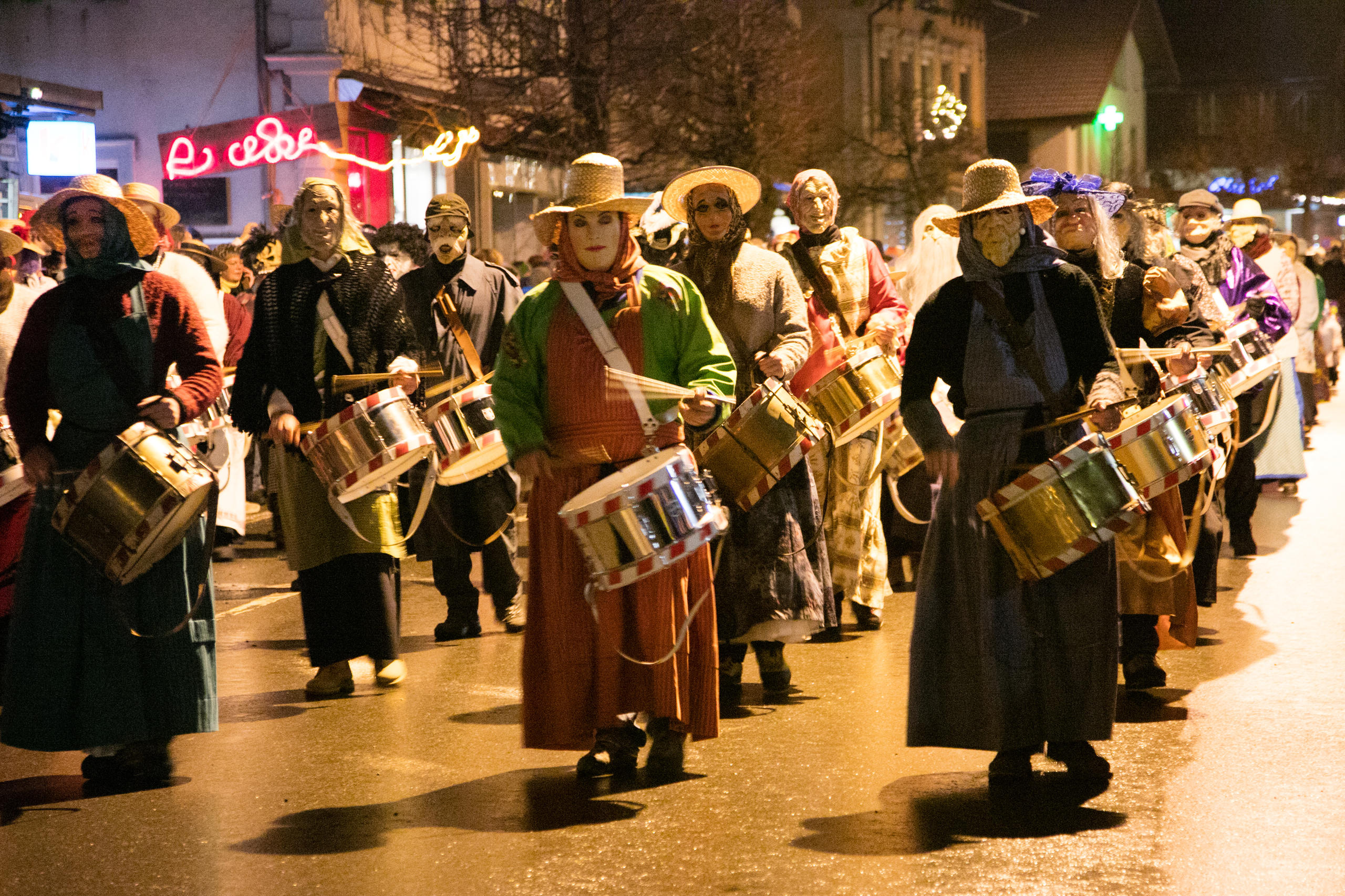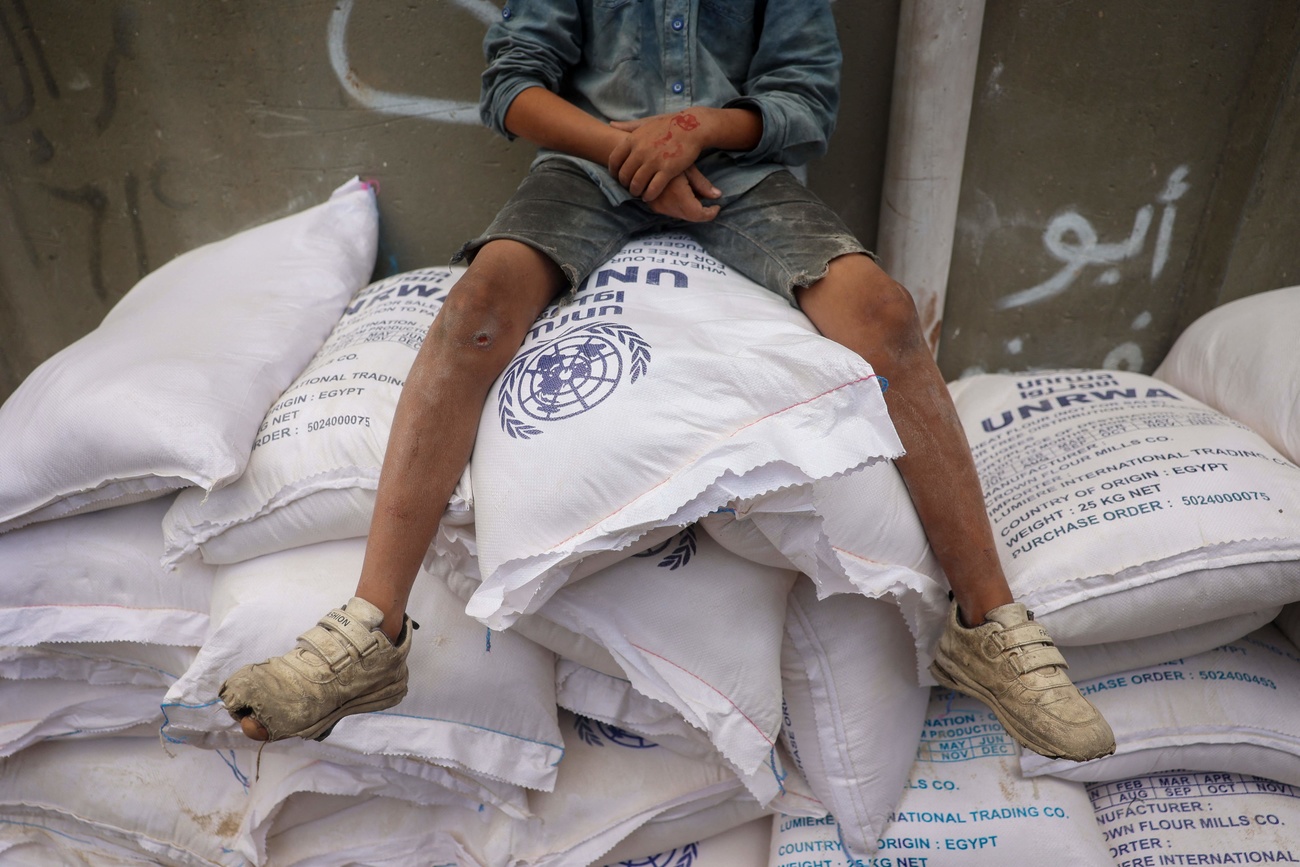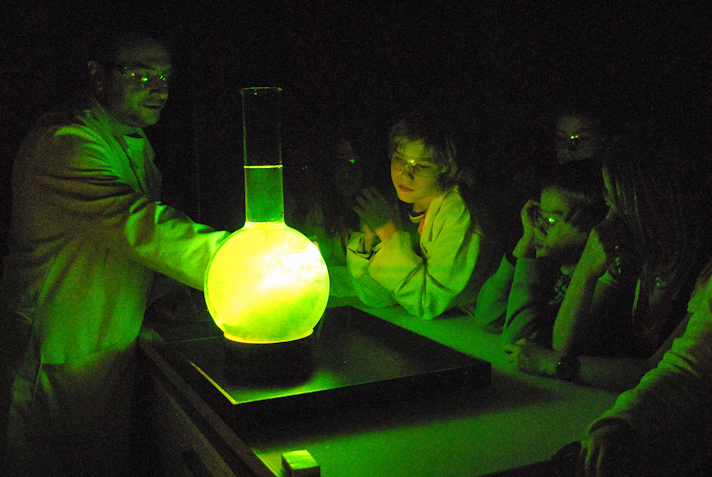Pharma industry braces for some cliff diving

The imminent expiry of the patents on a number of blockbuster drugs will have a considerable effect on the bottom line of Switzerland’s pharmaceutical industry.
Anticipating this so-called “patent cliff”, big pharma has already begun to slim down to maintain its comfortable margins.
According to a report by the Geneva private bank Pictet, until 2013 growth in the global pharmaceutical sector will struggle to exceed four per cent.
The main reason is the patent cliff: the impending expiry of a range of lucrative pharmaceutical patents, generally after 20 years, which opens the door to generic versions sold significantly cheaper.
Much has been written on the subject and the exact figures vary, but according to the analysts at Pictet, by 2015 brand name drugs which fall off the cliff will represent turnover of $150 billion (SFr142 billion).
In November, Swiss pharma giant Novartis lost its patent on hypertension drug Diovan in most European countries and will suffer the same fate in the United States this September. In 2014, it will be the turn of Gleevec, also produced by Novartis, used to treat certain types of cancer such as chronic myelogenous leukaemia.
Mass market
On January 13, Novartis announced it would cut 1,960 jobs in the US as it restructures its general medicines business. This will cost the company $160 million this year but should result in savings of $450 million as of 2013.
Among the job losses are 1,630 sales representatives – the people who try to convince doctors to prescribe Diovan as opposed to one of its rivals.
“With cardiovascular diseases and hypertension, you’re in the mass market,” said Odile Rundquist, from the Geneva-based equities broker Helvea.
“With oncology or multiple sclerosis, for example, you’re dealing with a small pool of doctors who scrutinise the clinical trials. With a drug for hypertension, it’s the marketing that counts. As with consumption.”
Rundquist, who has a PhD in biochemistry, says there are products on the market that are “almost better” than Diovan, “but it’s the Novartis brand and the sales force that have made it such a huge success”.
A sales force now partially dismissed and which will not be retrained to sell Tekturna, Diovan’s prospective successor, which Novartis bought in 2008 from the Basel biotech company Speedel for SFr907 million (SFr955 million).
Tekturna has, however, turned out to pose a danger to some diabetics; even if Novartis decides not to pull it from the market, its career as a bestseller has been compromised.
“Positive” future
Analysts know that the loss of a patent means the arrival of generics and a collapse of turnover of up to 90 per cent within two years. But for all that, Diovan will not bring Novartis to its knees.
By definition, the expiry of a patent never comes as a surprise and for the moment the markets haven’t sanctioned Novartis for Diovan – nor for the semi-failure of Tekturna.
Rundquist says she is “positive” about the future of Novartis, “which has a very, very comprehensive portfolio of products, with drugs which are quite revolutionary – whether for multiple sclerosis, for which they’re proposing the first oral treatment, or for oncology”.
She says what Novartis will lose with Diovan will largely be compensated for with new products.
Indeed, on January 17, Novartis abandoned plans to close a plant in Nyon in western Switzerland – where around 320 jobs were threatened – and scaled down potential job losses at another factory in Basel. Instead the group plans to invest in plant modernisation.
Imminent expiry
As for other companies affected by imminent patent expiries, Rundquist foresees problems above all for the British-Swedish firm AstraZeneca, “which doesn’t have many new products in the pipeline” and which she thinks could lose four to five per cent of turnover in the coming years.
As for Roche, the other Swiss pharma giant, Rundquist sees it “relatively well positioned”.
“It has few patents on the edge of the cliff, and it has biological drugs – molecules which are considerably more complicated to produce than pure chemical molecules,” she said.
“And it’s known that in this case the loss of revenue from the patent expiry isn’t as quick.”
Massive restructuring
Ultimately, the “difficult” years which the pharma industry is facing will be particularly hard for its employees.
“All the large pharma companies have implemented massive restructuring programmes in recent years to try to maintain their profit margins,” Rundquist said.
Margins which would make the majority of sellers of consumer goods turn pale. Novartis, for example, has annual sales of $50 billion of which SFr10 billion is profit.
Under these circumstances, do the recent job losses – and those yet to come – follow entrepreneurial logic or rather financial logic?
The response of Paul Dembinski, head of the Swiss Finance Observatory, is clear.
“It’s been ages since the large companies have reasoned above all in financial terms. Industry is a means for making a financial result and it’s not finance which is at the service of industrial production.
“The reversal has been confirmed everywhere – including at the level of Novartis and the others.”
The patent cliff is the potential sharp decline in revenues upon patent expiry of one or more leading products of a firm.
A patent cliff is when a firm’s revenues could “fall off a cliff” when one or more established products go off-patent, since these products can be replicated and sold at much cheaper prices by competitors.
While it is applicable to any industry, in recent years the term “patent cliff” has come to be associated almost exclusively with the pharmaceutical industry.
(Source: Investopedia)
This list contains only the drugs of Swiss companies sold in the US. The patent usually expires at roughly the same time in other countries. The US market generally accounts for about half of a drug’s global sales.
The figures correspond to sales in 2011, in millions of dollars.
2012
Diovan (hypertension) Novartis, 2434
Boniva (osteoporosis) Roche, 408
Exforge (hypertension) Novartis, 336
2013
Zometa (rheumatism) Novartis, 683
Xeloda (colon cancer) Roche, 509
Aclasta (osteoporosis) Novartis, 400
Comtan (Parkinson’s) Novartis, 228
2014
Tobi (lung infections) Novartis, 176
Travatan (glaucoma) Novartis, 390
2015
Gleevec (leukaemia) Novartis, 1458
Tracleer (hypertension) Actelion, 824
Ritalin (attention deficit disorder) Novartis, 366
Valcyte (viral eye infections for people with Aids) Roche, 305
Patanol (allergic conjunctivitis) Novartis, 450
(Source: EvaluatePharma)
(Translated from French by Thomas Stephens)

In compliance with the JTI standards
More: SWI swissinfo.ch certified by the Journalism Trust Initiative














You can find an overview of ongoing debates with our journalists here . Please join us!
If you want to start a conversation about a topic raised in this article or want to report factual errors, email us at english@swissinfo.ch.